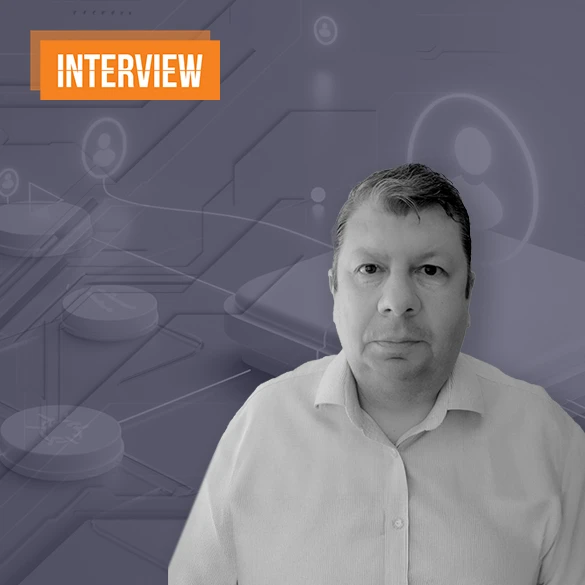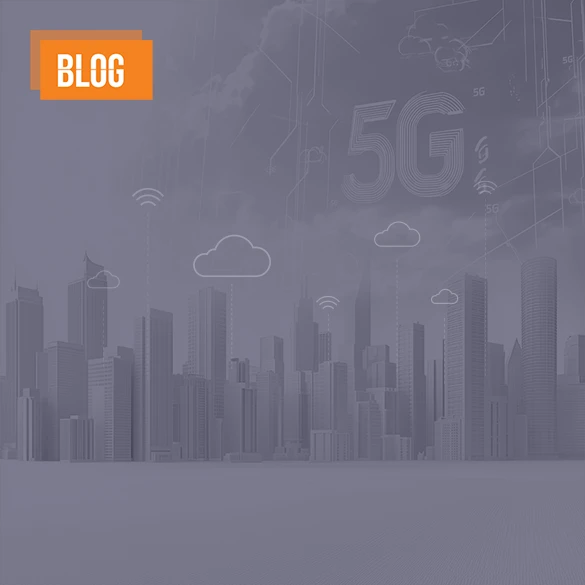Engage, monetize and care


My recent blogs have explored why and how communication service providers (CSPs) are now evolving into digital service providers (DSPs), and also focused on the importance of innovation in BSS/OSS once the enterprise product catalogue (EPC) has been consolidated.
Now that you have these fundamental concepts in place, a crucial next step is to think about how you will enable the digital life for your customers. Essentially, this means providing a fully digital experience in the way that you carry out transactions and manage your operations, and how you represent yourself to the customer.
Our industry now has to adapt to a world that has been changed forever by companies that were born in the digital age. Amazon and Alibaba are two well-known examples of online giants that have totally transformed the way customers interact with service providers, and there is no going back.
From a platform standpoint, it’s all about engaging consumers in a manner that suits them and then supporting them throughout the customer lifecycle. I describe this process as “engage, sell, and care”.
The conversation today has already shifted from “what is your CRM” to “what is your customer experience management (CEM) software”. But there is still a great deal of confusion about what CEM software actually is. Ultimately, it is telco CRM that uses the customer journey as its base, rather than merely focusing on the underlying customer information.
Only by gaining a thorough understanding of the customer journey and articulating it from outside the box, rather than defining the workflow from inside the box, will telcos be able to enable a digital life for their customers.
The product catalogue is still at the centre of the telco’s universe, but we now have to think more about how we engage with the customer through different channels ranging from social media through to bricks-and-mortar stores. In other words, telcos should be making use of an omni channel approach to drive customer engagement.
Omni channel is now a familiar term in telecoms, and telcos are certainly embracing it with the use of increasingly intelligent virtual digital assistants or chatbots, Facebook Messenger and other types of social media, customer call centres, their own online stores, and of course the traditional high street phone shops.
Omni channel will evolve into “customer engagement” hubs that will have a far more sophisticated approach to customer engagement and customer care, with a much more robust understanding of the customer journey with “next best action” – prescriptive and predictive analysis.
Self-service tools will form an essential part of these hubs, which will function as intelligent platforms that allow a customer to do and buy what they want, from anywhere and at any time — and using any device. The system should also be able to learn what a customer wants from a contextual standpoint, based on what they bought before and social media. Only then will a telco be able to enable a digital experience that meets the very high expectations of the end user.








